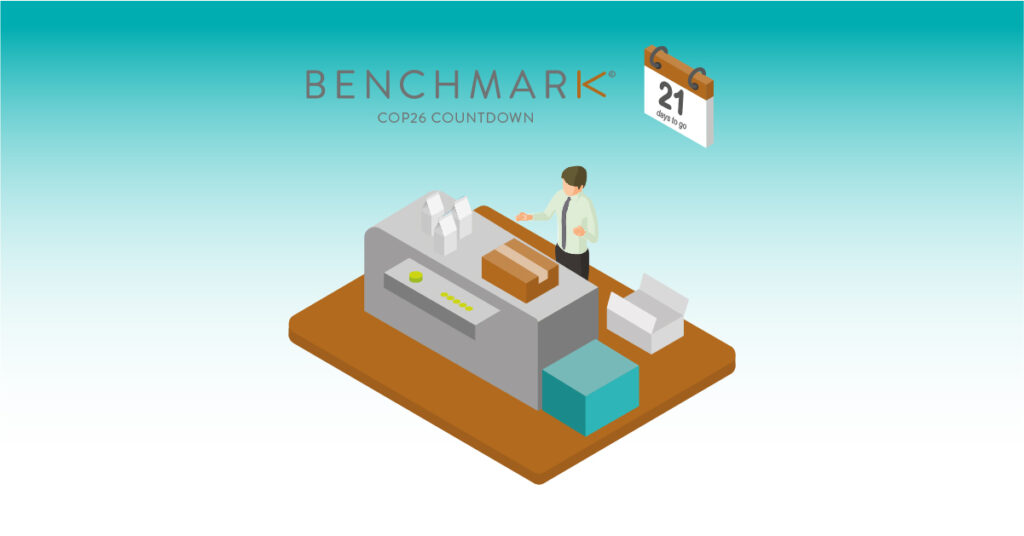Benchmark Consulting > Blog > COP26 > COP 26 Countdown: 5. What differences should consumers see on packaging following COP 26

It is likely all manufacturers from around the world will be required to measure their carbon footprint. The results of each product should then be printed on the packaging as a label. Enabling consumers to make informed product cost and carbon footprint choices at the point of purchase.
This will need to be presented in such a way that consumers can understand the carbon information, so it is likely that CO2 will be reported in the form of traffic lights e.g., red, amber & green labels on-pack. Ideally the product carbon footprint and the packaging material carbon footprints are reported separately. The data should be measured from source e.g., a tree or barrel of oil, to delivery, and then to a central point in the country because printing results to a local store is not commercially or environmentally sensible.
Recent Posts
- European Parliament Votes to Postpone Corporate Due Diligence and Sustainability Reporting Requirements
- Financial Markets vs. Sustainability Markets in Packaging
- How prepared are you for the Packaging and Packaging Waste Regulation (PPWR)?
- Green Claims Regulation: A Global Perspective on Environmental Marketing
- The Environmental and commercial Impact of Packaging (Facts, Figures and a solution)
Categories
Tags
carbon calculator
carbon emissions
Carbon footprint
Carbon Footprinting
carbon management
Carbon modelling
Carbon software
Education
End of life
Granular
Interview
Packaging
Packaging Footprint
Packaging Industry
Packaging Innovation
Plastic Packaging Tax
Plastics
Plastic Tax
SKU
Supply chain
Support
Sustainable Packaging







Recent Comments